From the Ruins of Empire: The Intellectuals Who Remade Asia
£25.70
A surprising, gripping narrative depicting the thinkers whose ideas shaped contemporary China, India, and the Muslim world
A little more than a century ago, as the Japanese navy annihilated the giant Russian one at the Battle of Tsushima, original thinkers across Asia, working independently, sought to frame a distinctly Asian intellectual tradition that would inform and inspire the continent’s anticipated rise to dominance.
Asian dominance did not come to pass, and those thinkersTagore, Gandhi, and later Nehru in India; Liang Qichao and Sun Yatsen in China; Jamal al-Din al-Afghani and Abdurreshi al Ibrahim in the ruins of the Ottoman Empireare seen as outriders from the main anticolonial tradition. But Pankaj Mishra shows that it was otherwise in this stereotype-shattering book. His enthralling group portrait of like minds scattered across a vast continent makes clear that modern Asia’s revolt against the West is not the one led by faith-fired terrorists and thwarted peasants but one with deep roots in the work of thinkers who devised a view of life that was neither modern nor antimodern, neither colonialist nor anticolonialist. In broad, deep, dramatic chapters, Mishra tells the stories of these figures, unpacks their philosophies, and reveals their shared goal of a greater Asia.
Right now, when the emergence of a greater Asia seems possible as at no previous time in history, From the Ruins of Empire is as necessary as it is timelya book essential to our understanding of the world and our place in it.
Read more
Additional information
| Publisher | Farrar Straus & Giroux, Reprint edition (4 Sept. 2012) |
|---|---|
| Language | English |
| Hardcover | 356 pages |
| ISBN-10 | 0374249598 |
| ISBN-13 | 978-0374249595 |
| Dimensions | 16.36 x 3.1 x 23.8 cm |

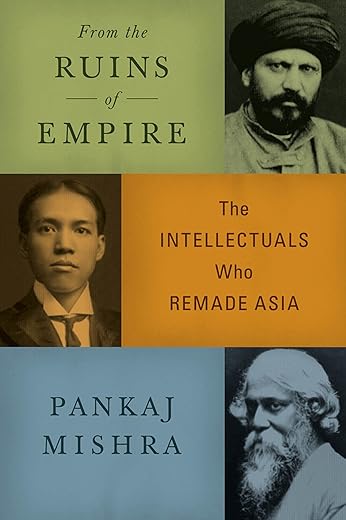
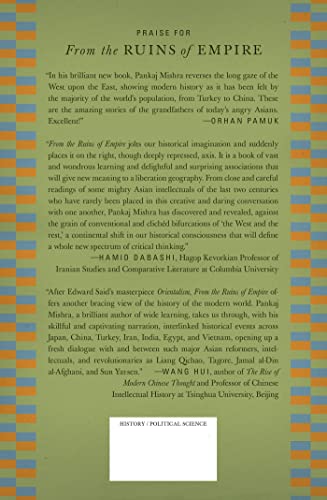
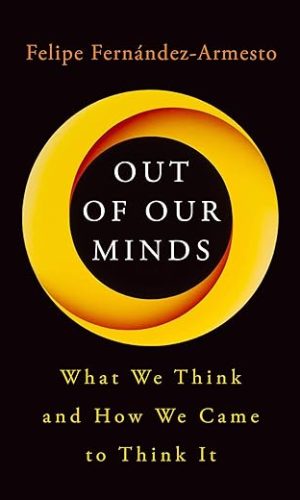
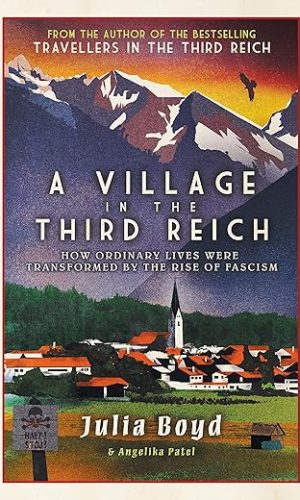

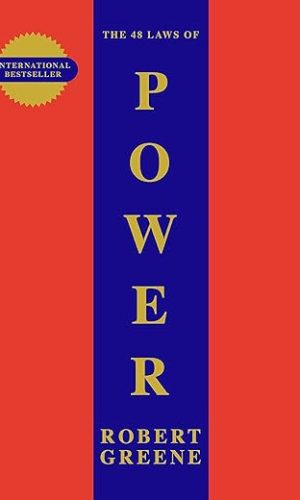

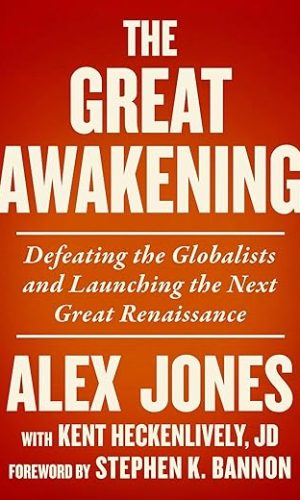
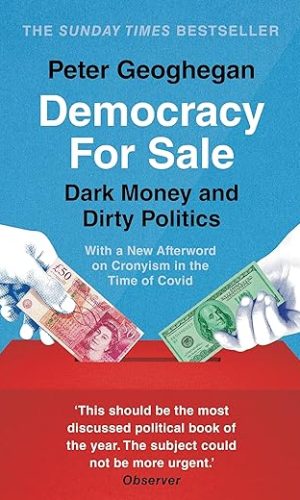
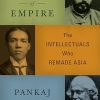
by Claire MacGregor
This has been a mind-altering read. Far from being an anti-imperial rant, it is a careful compilation of the writings of three observers of European expansion into the east, chiefly British, French, Dutch and US. The annihilation of the Russian fleet by Japan in 1905 showed that Europeans were not invincible, and led to serious questioning of the West’s colonising ways. Jamal al-Din al Afghani was born in Persia, Liang Qichao was Chinese and Rabindranath Tagore was Bengali, and all became well-known writers and critics of the “white man’s” imperial pretensions. While the West spoke darkly of the “Yellow Peril”, the East referred to the “White Disaster”. Anyone interested in our troublous times could find this book enlightening.
by Brian Griffith
For Mishra, the modern world is primarily the post-colonial world, and the greatest minds in shaping that world have been leading thinkers in the great Asian anti-colonial movements. Looking at the whole of Asia from Egypt to Japan, Mishra focuses not so much on the political leaders of those movements, but more on the thinkers who articulated the primary visions of a new Asia. For the Muslim world, Mishra’s leading thinker is Jamal al-Din al-Afghani, with his calls for a rational but united Islamic society that defends its independence and follows its own moral vision. For China it is Liang Qichao, whose thoughtful critique of Western imperialism involved the vision of a modern, powerful China that upholds its own spiritual heritage. For India, he focuses on Rabindranath Tagore, as a thinker who inspired India before Gandhi.
Most of the book follows the twists and turns of these momentous lives, whose ideas foreshadowed the world we know today. Then Mishra basically presses the fast-forward button and zooms through the tragic and transformative developments to date. Of course Westerners regarded these rebels against the great colonial empires as backward-facing terrorists against progress. Of course their visions of Asia gained popular endorsement in the decades to come. But Mishra also shows how Asians have been torn between accepting the colonial West’s terms of social Darwinist competition for supremacy (as in the cases of imperial Japan or Islamist jihadism) or forging some different basis for cultural autonomy. In following the cultural evolution of Asia, Mishra describes the challenges of reinventing Asian civilizations. The colonial competition for survival of the fittest among nations has increasingly become a culture of competition for advantage between individuals. In response to that new Western “reality,” Asia is still struggling to shape societies that are based more on improved human relations than on sharpened competition.
by cynthia.campbell@oslo.online.no
We are so used to learning our history from a from a British, or at least European side that it is fascinating to learn something of how great minds from other cultures saw the same events and ideas. This book is clearly and well-written, and I find that I have learnt a great deal from it.
by Atulya Sinha
“In his brilliant new book” says Nobel prizewinning Turkish author Orhan Pamuk, “Pankaj Mishra reverses the long gaze of the West upon the East, showing modern history as it has been felt by the majority of the world’s population from Turkey to China. These are the amazing stories of the grandfathers of today’s angry Asians. Excellent!”
There is no dearth of books on history, which cite the dry facts about a specified place or a period. At first sight, “From the Ruins of Empire” appears to be just another book on the modern history of Asia, but it turns out to be much more than that.
Author Pankaj Mishra (1969-), who writes both fiction and non-fiction, presents this book as a series of interconnected essays, referring to events in different countries to build his arguments. For instance, the first chapter mentions diverse episodes including Napoleon’s stint in Egypt, the activities of the East India Company in India and the Opium Wars fought between England and China. The emphasis is not on the events per se, but on their interconnectivity and impact, e.g. the following passages on the spread of Islam and the durability of the Chinese empire:
“In AD 622, the first year of the Islamic calendar, Muhammad and his band of followers established the first community of believers in a small town in Arabia. Less than a century later, Arab Muslims were in Spain… Islam was as much a universalizing ideology as Western modernity is now, and it successfully shaped distinctive political systems, economies and cultural attitudes across a wide geographical region; the fourteenth century Moroccan traveller Ibn Battuta had as little trouble getting jobs at imperial courts in India or in West Africa as a Harvard MBA would in Hong Kong or Cape Town today.”
“Though less extensive than the land of Islam, a unitary Chinese empire persisting over two millennia had made for a high degree of self-absorption. Tribute-bearing foreigners from places as far away as Burma allowed the Chinese to think of themselves as inhabitants of the ‘Middle Kingdom.’ Indeed, not even Islam could parallel the extraordinary longevity and vitality of the Chinese Confucianism, which regulated everything from familial relations to political and ethical problems and had eager imitators in Korea, Japan and Vietnam.”
The reader can connect the dots even though he/she may not have detailed knowledge of the countries and events referred by the author. Meanwhile, any topic which evokes the reader’s interest can be followed up separately, using the excellent Bibliographic Essay appended to this book.
The second chapter is an extended biography of Jamal al-Din al-Afghani (1838-1897), the influential Islamic ideologue who is nearly forgotten now. Contrary to his name and his own claims, says the author, Jamal was not Afghani but Persian. Regardless of his origin, though, al-Afghani was fluent in multiple languages and his writings and speeches influenced events in countries as diverse as Turkey, Egypt and Persia. Closer to our times, his long shadow has fallen on Osama bin Laden, Ayatollah Khomeini and the recent mass movements known as the Arab Spring.
The third chapter is primarily a biography of the Chinese intellectual Ling Qichao (1873-1929), but it also mentions the roles of other prominent thinkers of his times, including Ling’s guru Kang Youwei, the writer Lu Xun; and Sun Yat Sen, the revolutionary who became the first president of China after the Qing emperor was deposed in 1911.
The fourth chapter differs from the others as it covers a specific time rather than a region or an individual. Here the author turns his gaze on the Paris Peace Conference which took place in 1919, in the aftermath of the First World War. The thrust of this chapter is the double standards followed by the Western powers. The Japanese delegation, for instance, were seated at the far end of the long table, facing the representatives of Guatemala and Ecuador.
In the next chapter, the author focuses on India and presents a biography of Rabindranath Tagore – he also touches upon Shri Aurobindo, Mahatma Gandhi and Bankim Chandra Chatterjee. “Tagore himself grew up in a culturally confident and creative family, and was exposed early to European society and culture,” says the author. “This meant that he never partook of the strident anti-Westernism that began to overwhelm many of his Bengali counterparts in the latter half of the nineteenth century.” Yet he did not hesitate to question the domination of Asia by European nations, e.g. “We have for over a century been dragged by the prosperous West behind its chariot, choked by the dust, deafened by the noise, humbled by our own helplessness, and overwhelmed by its speed. We agreed to acknowledge that this chariot drive was progress, and that progress was civilization…” Further, we are told about the visits of Tagore to Japan and China and his interaction with the leading intellectuals of those countries.
The sixth and last chapter is “Asia Remade,” which is a summation of the earlier chapters. In an earlier part of the book, we were told about the victory of Japan over Russia in the battle of Tsushima Strait, which encouraged Japan’s imperialist tendencies. Here we come across a quote by the Japanese intellectual Okakura, who says that the average Westerner was “wont to regard Japan as barbarous while she indulged in the gentle arts of peace; he calls her civilised since she began to commit wholesale slaughter on Manchurian battlefields.”
In the last section of this chapter, the author says “White men, conscious of their burden, changed the world for ever, subjecting its great diversity to their own singular outlook and in the process reducing potentially rich encounters with other peoples and countries to monologues about the unassailable superiority of modern Western politics, economy and culture… In the end, Western efforts to modernize supposedly backward Asians, however sincere or altruistic, incited more resentment than admiration or gratitude… As the West retreats into parochial neuroses, Asian countries appear more outward looking, confident and optimistic…” – a befitting summary of his arguments over nearly 300 pages!
This book has been acclaimed by critics and it won the Crossword Award for Non-fiction in 2013. However, it is difficult to read, even for those (like the present reviewer) who have some familiarity with modern Asian history.
To conclude, reading this book is like climbing a scenic mountain trail: one focuses on the path ahead while trying to ignore one’s aching limbs – only after reaching the destination does the hiker recall the beauty of the views!
by sarah hargreaves
Very interesting. I don’t think loosing some of the detail would detract from the points made though.